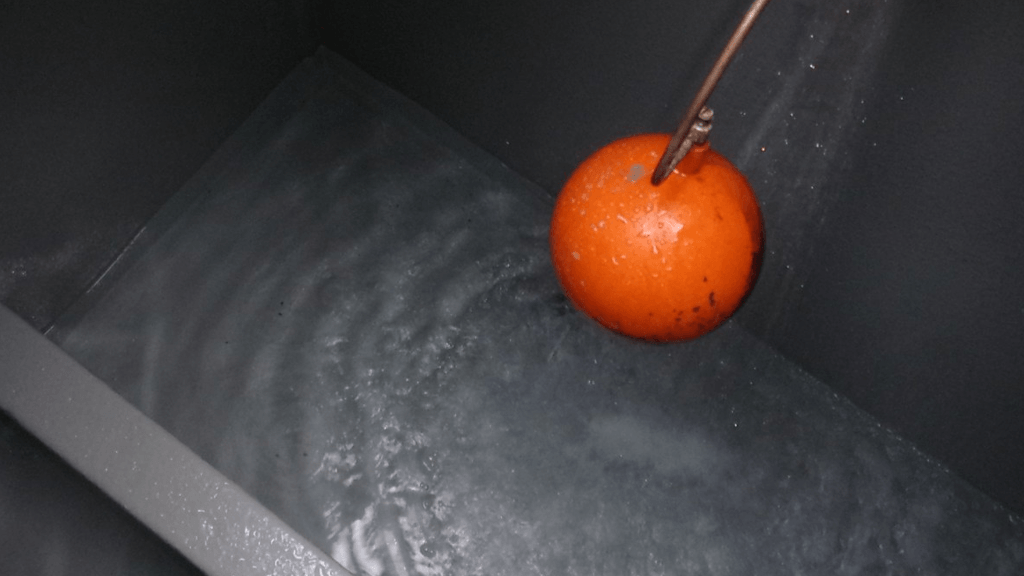WRAS Approved Water Tank Lining

THE PROBLEM – WRAS Approved Water Tank Lining
The cold water supply tanks were severely corroded with extensive lamination, rust and scale present. Furthermore the poor condition of the water tank lining could support the growth of harmful aquatic micro-organisms such as legionella. These tanks supplied the sanitary ware within a primary school and therefore a new tank lining was required urgently.
THE SOLUTION – WRAS Approved Water Tank Lining
Initially the tanks were drained and the internals were prepared by abrasive blasting. This removed all scale and rust, whilst leaving an excellent mechanical anchor, essential for the adhesion of the primer coat in the tank lining process. The primer used was our proven rust stabilising epoxy primer Corroless EPF, which has been used for many years with great success in water tanks, and other corroding steel work systems.
Tank Lining Preparations
As part of the tank lining preparation, numerous perforations were exposed in the tanks structures. Therefore, following priming, perforations were plated with galvanized steel plate which was bonded using a Ceramic Epoxy putty and secured using rivets.This was followed by a second primer coat of the same epoxy primer. Corroless EPF also contains screened self-leafing glass flake, that laminate within the coating, to form an impermeable barrier to oxygen and moisture (the causes of future corrosion).The epoxy primer was applied in two coats of contrasting colour to aid application as part of recognised good coating practice.
Final Stage of the Tank Lining
The final stage of the tank lining process was to apply a WRAS approved epoxy coating – Corroless RF35. This self-leafing, glass-flake, reinforced epoxy gives a dense, tile like finish that will not support the growth of aquatic microorganisms such as legionella. Following the completion of the water tank lining process, the integrity of the coating was checked using a DC Holiday spark tester – used to identify any pinholes – which would then be rectified using the same material, ensuring a seamless finish. A single pinhole can leave a route for oxygen and moisture to get behind the lining, and consequently lead to further corrosion.
This job was carried out with only rooftop access, with scaffold edge protection being installed prior to works beginning, ensuring our operatives safety and giving safe and easy access to the tank hatches. As always the correct confined space equipment and control measures were employed, to ensure the works could be conducted safely.
The 3 tanks were lined during the half term week, including the additional repairs and chlorination.
